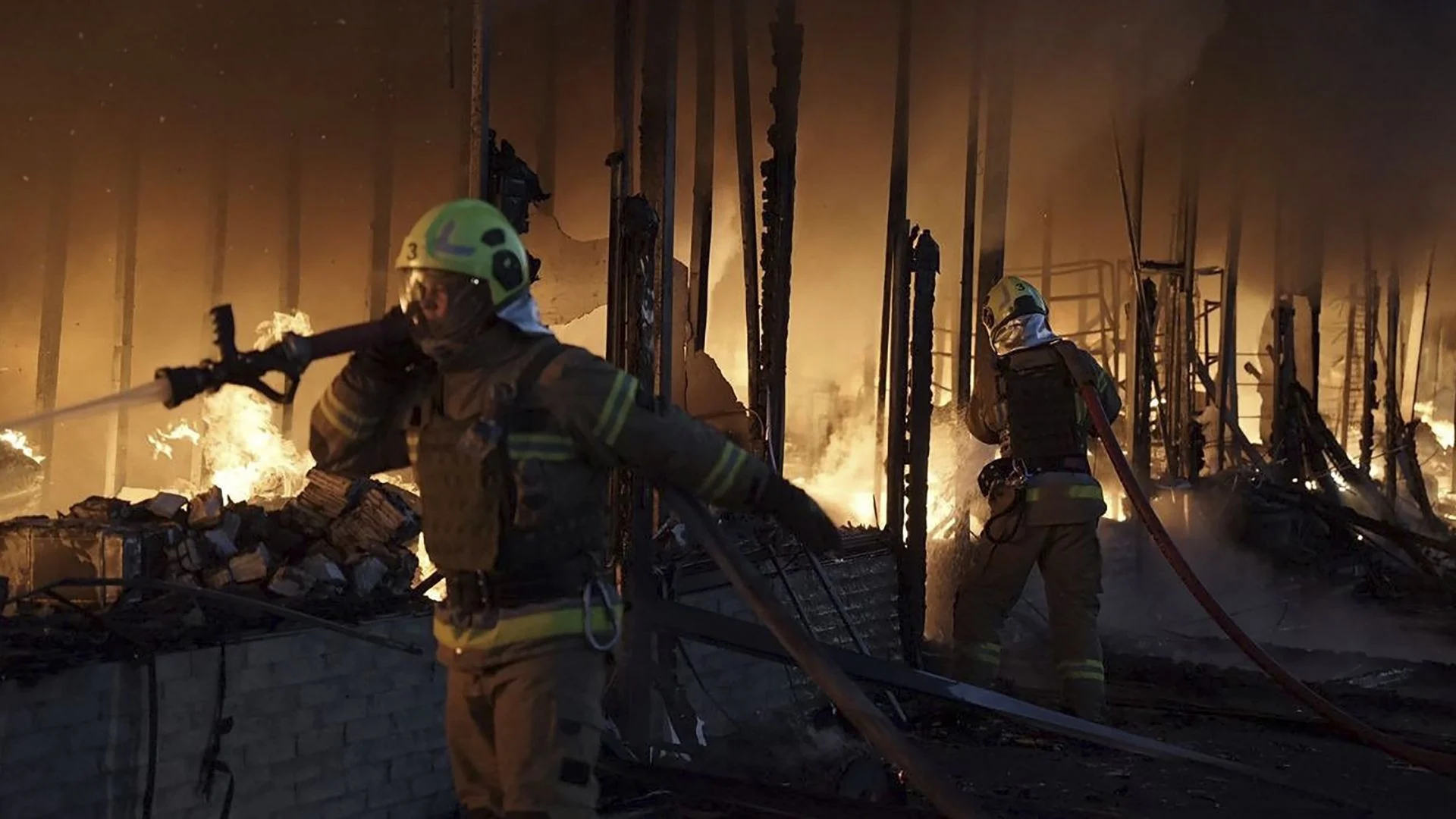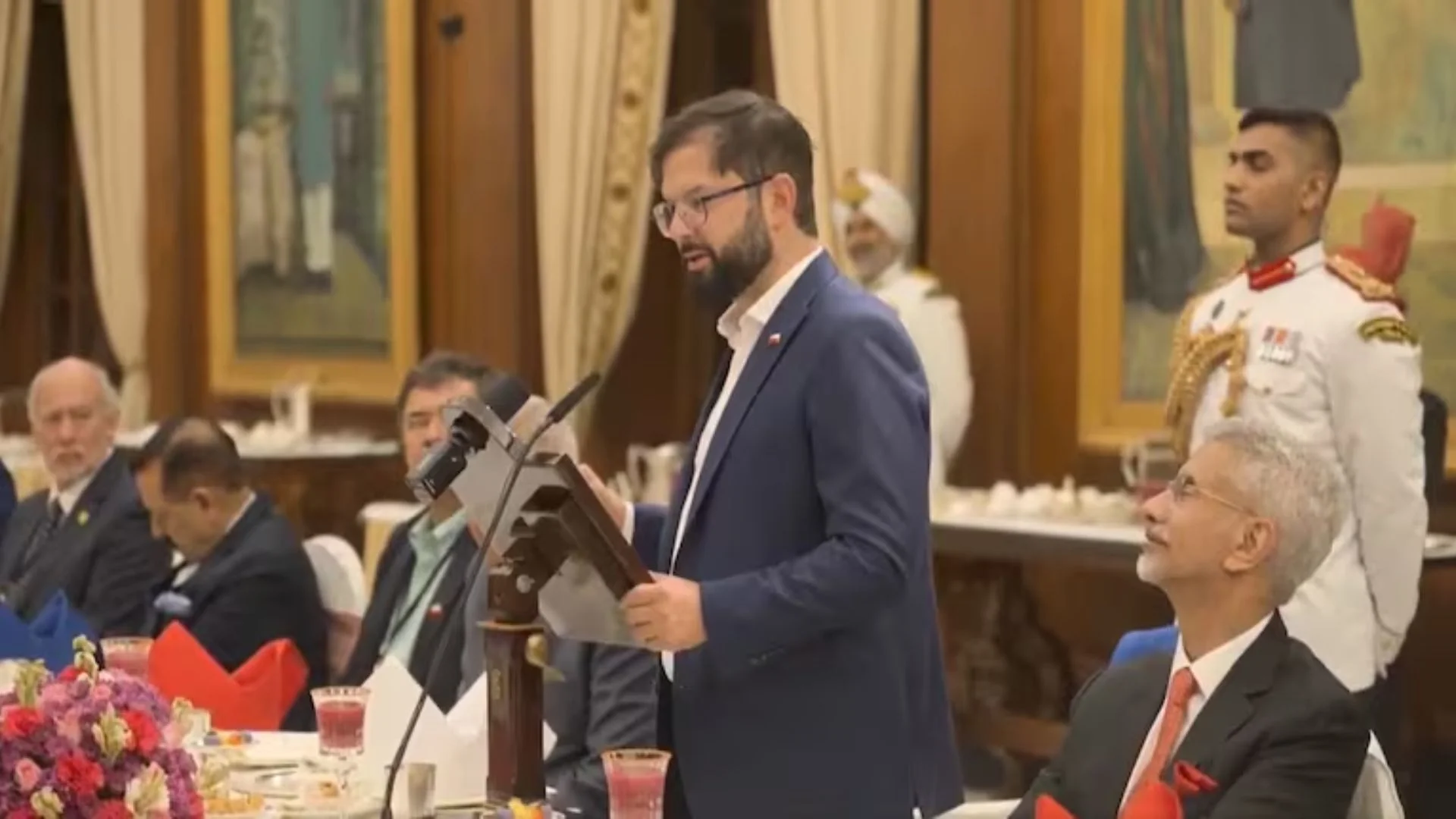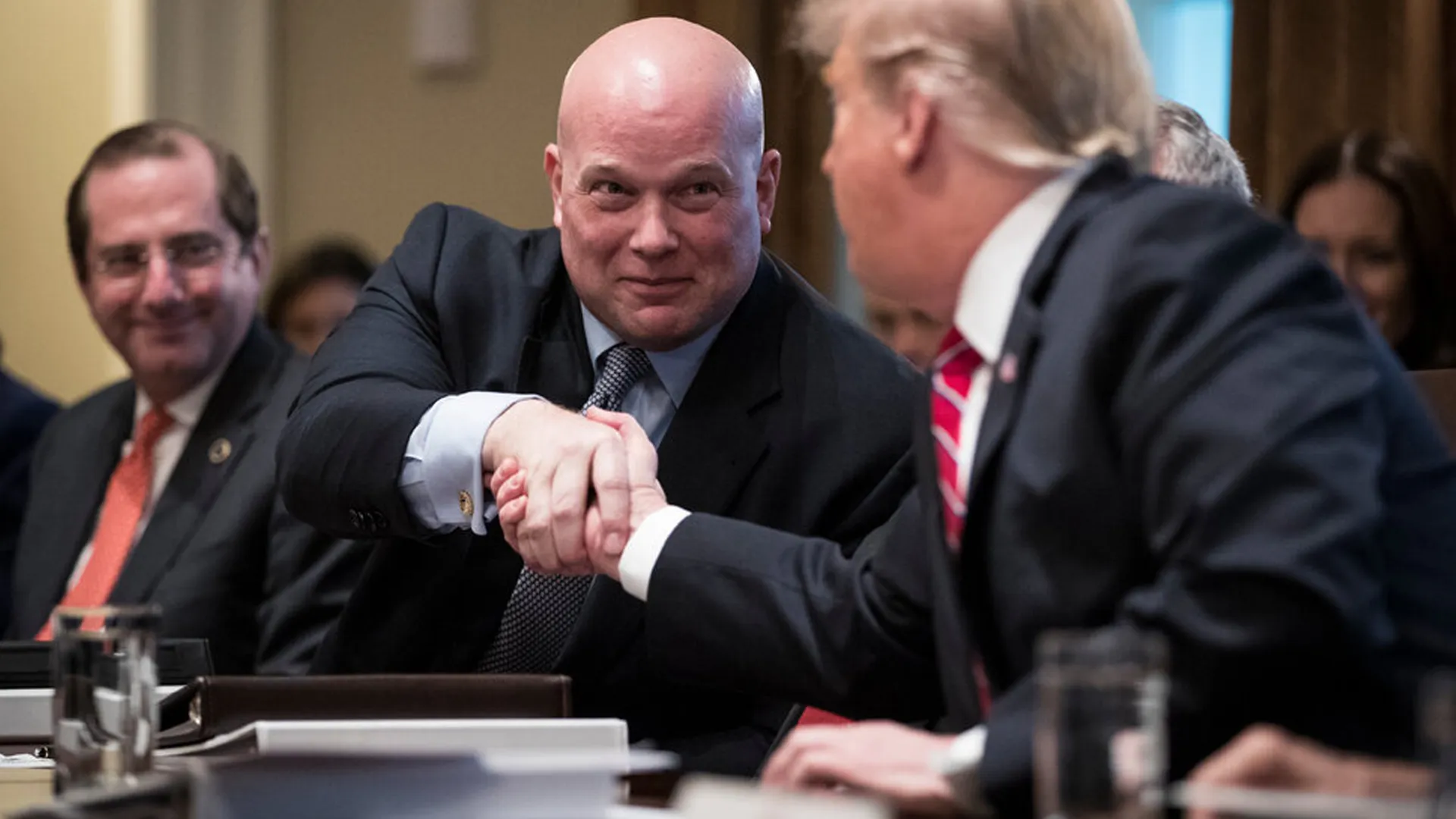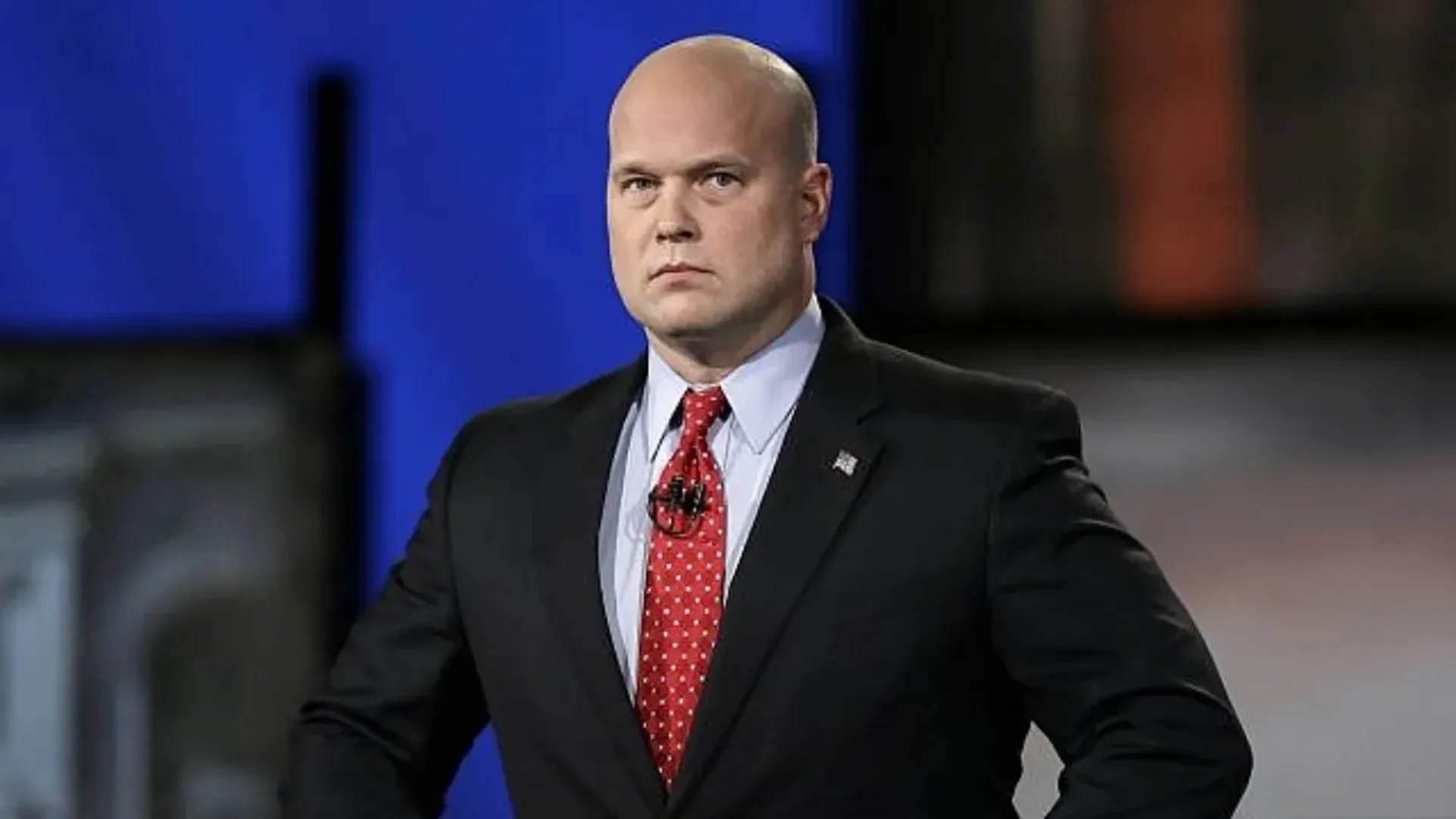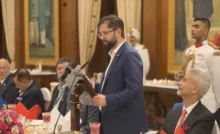In a dramatic escalation of the conflict, Russia and Ukraine conducted their largest drone strikes since the war began, marking a significant shift in the intensity of the aerial attacks. The latest exchanges of drone fire have highlighted the continuing volatility of the war, with both nations reporting widespread damage and casualties.
On Saturday night, Ukraine launched its most significant drone attack on Moscow to date. Russia’s Ministry of Defense claimed to have intercepted 84 Ukrainian drones over six regions, including those approaching the Russian capital. The attack forced three major Moscow airports to divert flights as a precautionary measure. The Russian defense ministry reported that most of the drones were downed in areas like Ramenskoye, Kolomna, and Domodedovo, although falling debris from the drones caused injuries to five people and ignited fires in several buildings in Ramenskoye.
Meanwhile, Ukraine’s air force reported that Russia fired 145 drones towards various Ukrainian regions, most of which were intercepted. However, a drone strike in Odesa injured two people and caused significant property damage. The Ukrainian military also stated that it had successfully destroyed 62 of Russia’s Iranian-made Shahed drones, with 67 others being lost. Over the weekend, Russia claimed responsibility for downing 13 Ukrainian drones in regions close to the border, including Kursk and Belgorod.
The escalating drone warfare is taking place as expectations rise over how US president-elect Donald Trump will influence the conflict. Trump, who promised during his campaign to end the war swiftly, has sparked speculation about his stance. While Trump’s camp distanced itself from some statements made by a former advisor, Russia has expressed optimism about the possibility of peace under his leadership.
Amid the heightened military activity, Ukrainian President Volodymyr Zelensky reiterated his commitment to securing peace without ceding any territory to Russia.


